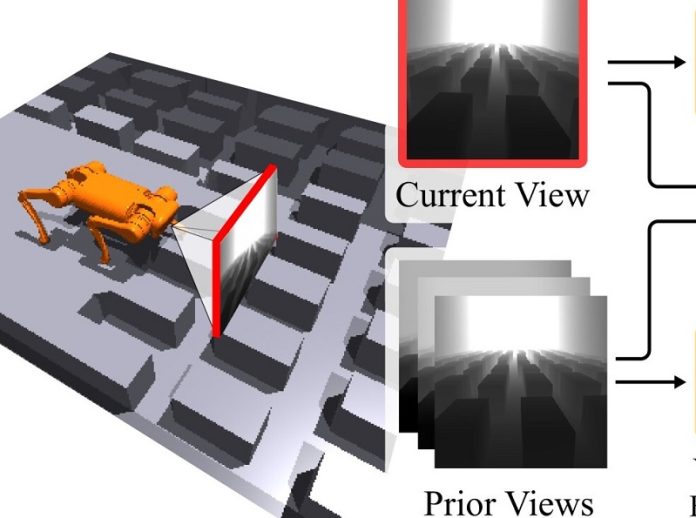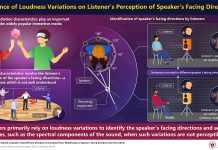
Researchers from the University of California San Diego have made an exciting breakthrough in robotics.
They have developed a new model that enhances the ability of four-legged robots to see and understand their surroundings in three dimensions (3D).
This advancement allows the robot to effortlessly navigate tricky terrains, including stairs, rocky ground, and paths with gaps, while effectively overcoming obstacles along the way.
The researchers have realized that by providing robots with a better understanding of the world in 3D, they can be deployed in more complex real-world environments.
This means that robots equipped with this improved vision can explore and perform tasks in challenging areas that were previously inaccessible.
To improve the robot’s 3D perception, the researchers developed a model that utilizes a forward-facing depth camera on the robot’s head.
This camera captures a view of the scene in front of the robot and the terrain beneath it.
By analyzing a sequence of images, the model extracts 3D information and important data about the robot’s leg movements, such as joint angles, joint velocity, and distance from the ground.
The model combines information from the current frame with previously captured frames to estimate the 3D transformation of the environment over time.
It creates a synthesized representation of the past frames, allowing the robot to remember what it has seen and the actions its legs have taken before.
This “short-term memory” of the 3D surroundings enables the robot to make informed decisions about its next moves.
By fusing visual information with the robot’s proprioception (sensory awareness of movement and touch), the improved 3D perception enables the robot to autonomously navigate challenging terrains.
It can adapt its movements and avoid obstacles effectively, leading to safer and more efficient exploration.
One of the exciting aspects of this development is that the researchers have created a single model that can handle various challenging environments.
This versatility is achieved by improving the robot’s understanding of its 3D surroundings, making it adaptable in different scenarios.
While this achievement is remarkable, there are still areas for improvement. Currently, the robot follows a straight path and avoids obstacles by taking another straight path. It lacks the ability to navigate to specific goals or destinations.
In future research, the team aims to incorporate planning techniques and complete the navigation pipeline, allowing the robot to have more precise control over its movements.
The breakthrough in improved 3D vision for four-legged robots opens up exciting possibilities for their deployment in complex and challenging environments.
With the ability to traverse various terrains while effectively avoiding obstacles, these robots hold great potential for assisting in tasks that require exploration, search and rescue operations, and more.
The researchers’ innovative work has paved the way for further advancements in robotic navigation and interaction with the world around us.



